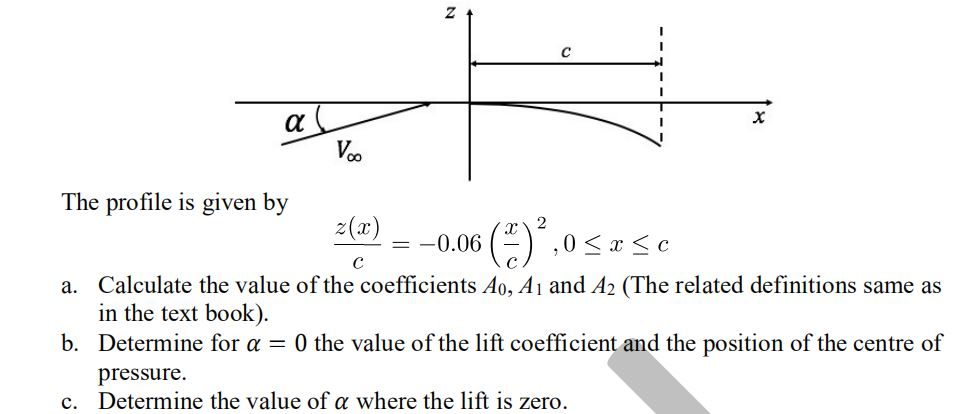

E., “ Modeling Transverse Gusts Using Pitching, Plunging, and Surging Airfoil Motions,” AIAA Journal, Vol. 56, No. 8, 2018, pp. 3271–3278. J., “ Comparison of Pitch Versus Plunge Maneuvers of a Finite Wing,” AIAA SciTech Forum, AIAA Paper 2019-3334, 2019. R., “ Low-Order Model for Prediction of Trailing-Edge Separation in Unsteady Flow,” AIAA Journal, Vol. 57, No. 1, 2019, pp. 191–207. R., “ Discrete-Vortex Method with Novel Shedding Criterion for Unsteady Aerofoil Flows with Intermittent Leading-Edge Vortex Shedding,” Journal of Fluid Mechanics, Vol. 751, July 2014, pp. 500–538. and Williams D., “ Unsteady Aerodynamic Forces on Small-Scale Wings: Experiments, Simulations, and Models,” 46th AIAA Aerospace Sciences Meeting and Exhibit, AIAA Paper 2008-0520, 2008. and Torrero A., “ A State-Space Airloads Theory for Flexible Airfoils,” Journal of the American Helicopter Society, Vol. 52, No. 4, 2007, pp. 329–342. A., “ Two-Dimensional Incompressible Unsteady Airfoil Theory-An Overview,” Journal of Fluids and Structures, Vol. 24, No. 3, 2008, pp. 295–312. A., “ Toward a Unified Lift Model for Use in Rotor Blade Stability Analyses,” Journal of the American Helicopter Society, Vol. 30, No. 3, 1985, pp. 32–42. D., “ Lift Modeling and Regulation for a Finite Wing During Transverse Gust Encounters,” AIAA SciTech Forum, AIAA Paper 2019-1146, 2019. J., Principles of Helicopter Aerodynamics, Cambridge Univ. R., “ Unsteady Aerodynamic Forces on Small-Scale Wings: Experiments, Simulations and Models,” 46th AIAA Aerospace Sciences Meeting and Exhibit, AIAA Paper 2008-520, 2008. W., “ Empirical State-Space Representations for Theodorsen’s Lift Model,” Journal of Fluids and Structures, Vol. 38, April 2013, pp. 174–186.

R., “ Some Aspects of Non-Stationary Airfoil Theory and Its Practical Application,” Journal of the Aeronautical Sciences, Vol. 8, No. 3, 1941, pp. 104–108. Wagner H., “ Über die Entstehung des Dynamischen Auftriebes von Tragflügeln,” Zeitschrift für Angewandte Mathematik und Mechanik, Vol. 5, No. 1, 1925, pp. 17–35. Theodorsen T., “ General Theory of Aerodynamic Instability and the Mechanism of Flutter,” NACA TR 496, 1935. von Kármán T., “ Airfoil Theory for Non-Uniform Motion,” Journal of the Aeronautical Sciences, Vol. 5, No. 10, 1938, pp. 379–390. D., Fundamentals of Aerodynamics, 6th ed., McGraw–Hill, New York, 1984. Computational fluid dynamics simulations support the use of the proposed effective angle-of-attack expression for lift-equivalent motion design, subject to an attached-flow assumption. The new expression is also used for lift-equivalent motion design for a maneuvering airfoil to emulate the effective angle of attack of a nonmaneuvering airfoil encountering a transverse gust under a quasi-steady assumption. Furthermore, the proposed expression leads to a replacement for the classic zero-lift angle-of-attack equation for steady flow past a thin airfoil, which is compared to experimental values for cambered NACA four-digit airfoils. The proposed expression simplifies to the existing quasi-steady expression by invoking the appropriate assumptions. The new expression includes effects from pitching, plunging, and surging motions, as well as spatial nonuniformity of the flow. This paper derives a new expression for and effective angle of attack that relaxes the small-angle and small-camber-slope assumptions. The existing expression for effective angle of attack depends on attached-flow, thin-airfoil, small-angle, and small-camber-slope assumptions. For a maneuvering airfoil, the instantaneous effective angle of attack is a virtual angle that corresponds to the equivalent lift based on a steady, lift versus angle-of-attack curve. The effective angle of attack of an airfoil is a composite mathematical expression from quasi-steady thin-airfoil theory that combines the geometric contribution to the angle of attack with pitching and plunging effects.


 0 kommentar(er)
0 kommentar(er)
